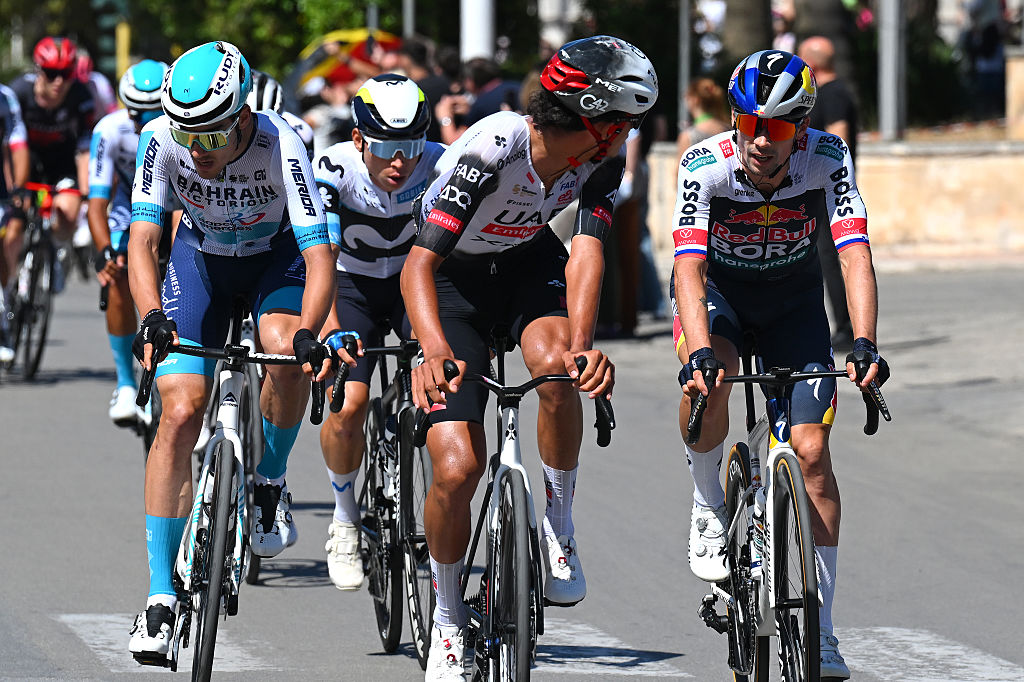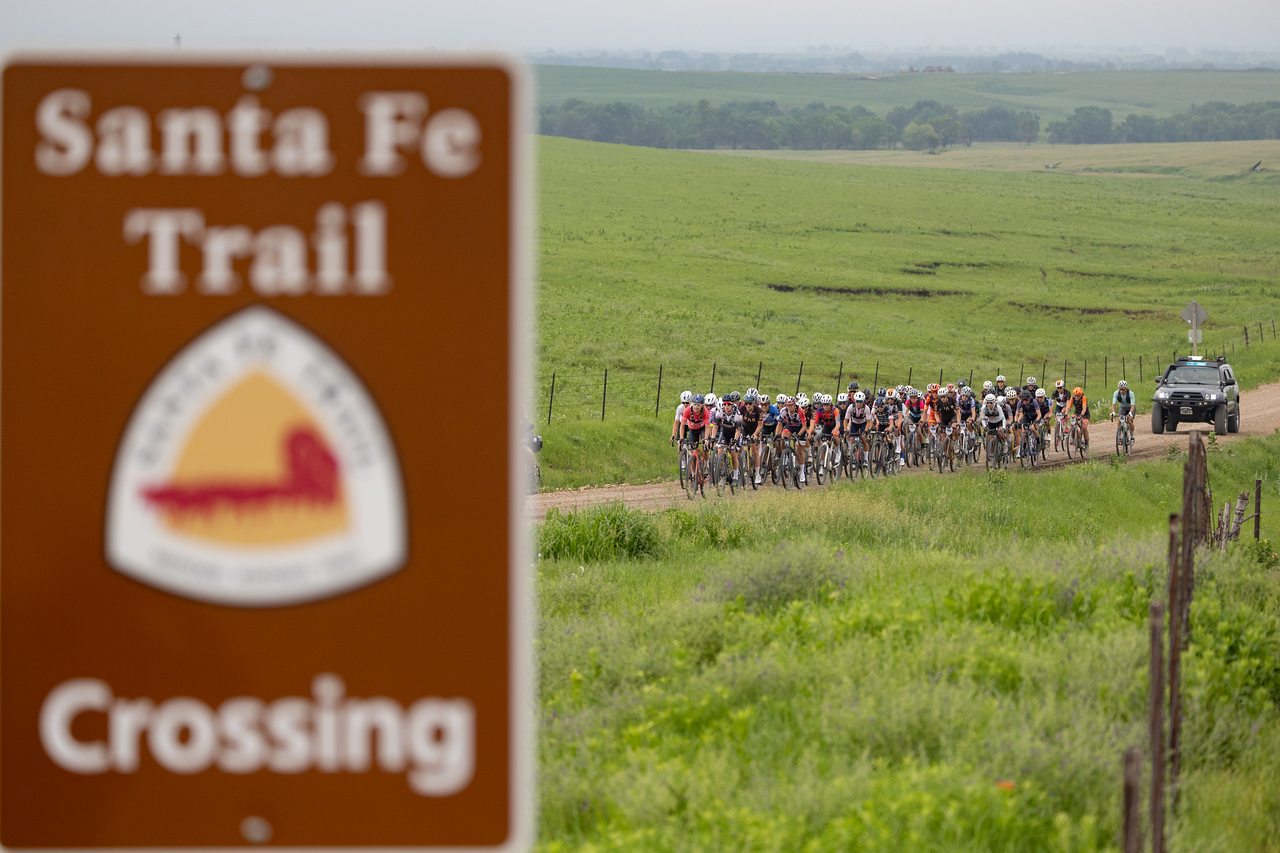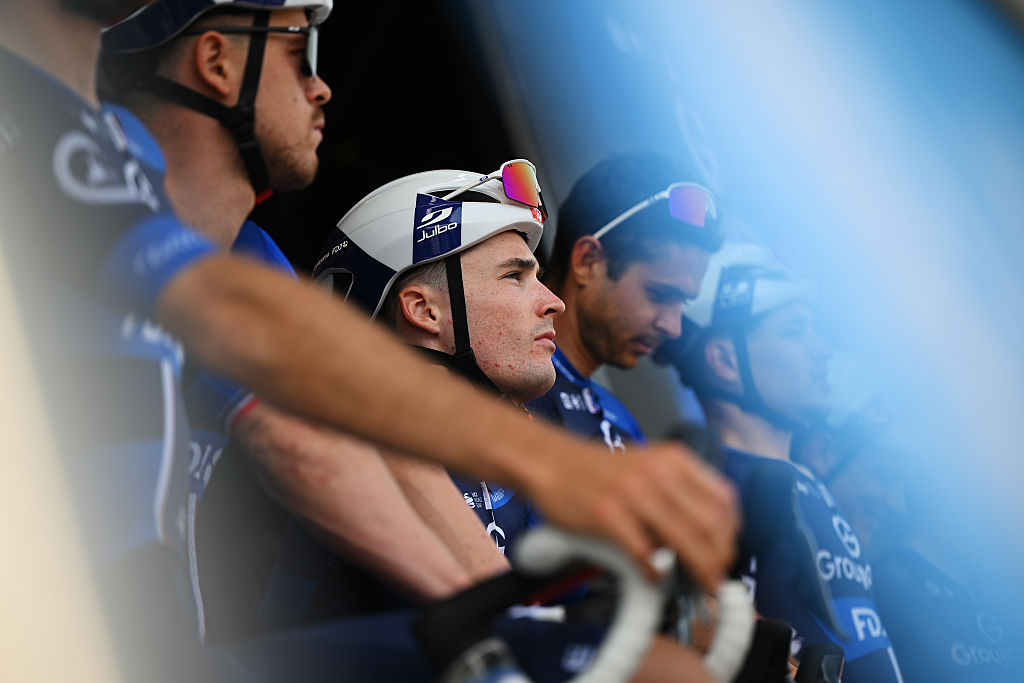Josh Sens
;)
The back tee on the 3rd hole at Cazenovia (N.Y.) Golf Club was at the center of a legal suit.
Google Earth
In mid-March, just before the start of the Players Championship, Jay Karen flew from his home in South Carolina to upstate New York to attend the final round of another contest.
His destination was not a golf course. It was a courthouse, where closing arguments were scheduled in a drawn-out legal battle that Karen had been tracking carefully.
Karen is the CEO of the National Golf Course Owners Association (NGCOA), and as he and his colleagues saw it, the case had serious implications for the industry.
The questions before the New York State Court of Appeals revolved around an incident that had taken place in the summer of 2020 at Cazenovia Golf Club, a nine-hole private course near Syracuse. During the club’s member-member tournament, a wayward tee shot on the 3rd hole had struck another player in the eye as he rode in a cart up the 7th fairway. The injured golfer, who wound up losing his vision in that eye, sued the golfer who hit the shot as well as that golfer’s playing partner. He also sued the course.
Cazenovia was built in 1924, and though its footprint has remained largely the same, according to court testimony, subtler aspects of its design have changed. One of those changes came some 15 years ago, when a new back tee was added to the 3rd hole. In his suit, the plaintiff argued that placement of the new tee had created playing conditions that “unreasonably” enhanced “the risk of being struck by a golf ball.” Accusing the course of negligence, the suit sought unspecified damages for “severe and personal injuries” and suggested that Cazenovia be required to install nets along its fairways.
;)
google earth
Golf courses in this country have been named as defendants in all kinds of suits, with charges ranging from racial discrimination and environmental degradation to property damage and emotional distress. When it comes to personal injury, many recreational facilities, golf courses included, are legally protected by what is known as the doctrine of reasonable assumption of risk — the gist being that under reasonable conditions, participants know what they’re getting into. At issue in the Cazenovia suit was whether the new tee on the 3rd hole had created risks that were not inherent to the game.
The club sought to have the case to dismissed. But in an early victory for the plaintiff, a lower court ruled that there were triable issues. (The complaint against the golfer who’d struck the shot and his playing partner, meanwhile, was dropped). That’s when Karen and his colleagues got involved. As the matter moved through the state legal system, the NGCOA provided an amicus brief — a letter of support, filed with the court, on behalf of Cazenovia and the golf industry — along with money to help cover the club’s legal fees.
“Golf courses owners and operators change things here and there all the time — it doesn’t take a major renovation,” Karen told GOLF.com. “Some move their tees every day or every week. So what about this change (at Cazenovia) invited more liability on behalf of the course? From what we could tell, it had been an innocuous move, and we felt it was important to help them defend themselves.”
On his way to the courthouse in mid-March, Karen first stopped at Cazenovia, where he stood on the 3rd tee, which he said had been drawn back “about 10 paces.” From that position, he noted, the 7th fairway was not in view, but nothing about that struck him as egregious. Surely, a member of Cazenovia who had played the course many times since it was tweaked would have known about the 3rd tee. What’s more, Karen said, as sorry as he was that the plaintiff had been injured, every golfer knows the deal. When you choose to play, there’s a chance, albeit slim, that you might get hit by an errant shot.
That was Karen’s view. But his opinion carried zero legal weight. The decision would be made by a seven-judge panel.
50 best golf courses in the Northeast | GOLF’s 2024-25 ranking
By:
GOLF’s Course Ratings Panel
The following day, Karen sat and listened as those judges peppered attorneys from both sides with design-and-safety related questions. Top among them was whether the industry has written standards to help owners assess the risks of course modifications. The industry does not. (According to Forrest Richardson, a veteran architect and past president of the American Society of Golf Course Architects, questions around safety are evaluated on a case-by-case basis.)
As the final arguments unfolded, Karen said he was comforted by his sense that the judges grasped the risks inherent in the game. Still, flying home to South Carolina to await a decision that likely wouldn’t come for a month or more, he worried about the precedent the case would set if it fell in favor of the plaintiff.
Would the threat of liability dissuade clubs from making what they thought were beneficial improvements? Could a litigious golfer force an owner to make costly or detrimental changes to their course?
In mid-April he had an answer. The judges ruled unanimously in favor of Cazenovia.
“We were very pleased, obviously,” Karen said. “The decision upholds the balance between risk of play and a golf course’s responsibility. It was a big win for the industry.”
But barely did he have time to relish it before another legal matter captured his attention. Word was that a golfer in Connecticut who’d been struck by a ball had filed a complaint against the player who hit the shot for allegedly failing to yell “fore.”
“In any argument that a golf course is responsible, we’re going to take an interest,” Karen said. “But that’s true of golfers, too. If a golfer is held liable for an accident, is that going to to have a chilling effect on people wanting to play? We’re going to be paying attention to that.”
The Connecticut case had yet to go to court. But it isn’t hard to imagine Karen hopping a flight to Hartford sometime soon.
;)
Josh Sens
Golf.com Editor
A golf, food and travel writer, Josh Sens has been a GOLF Magazine contributor since 2004 and now contributes across all of GOLF’s platforms. His work has been anthologized in The Best American Sportswriting. He is also the co-author, with Sammy Hagar, of Are We Having Any Fun Yet: the Cooking and Partying Handbook.


;)











